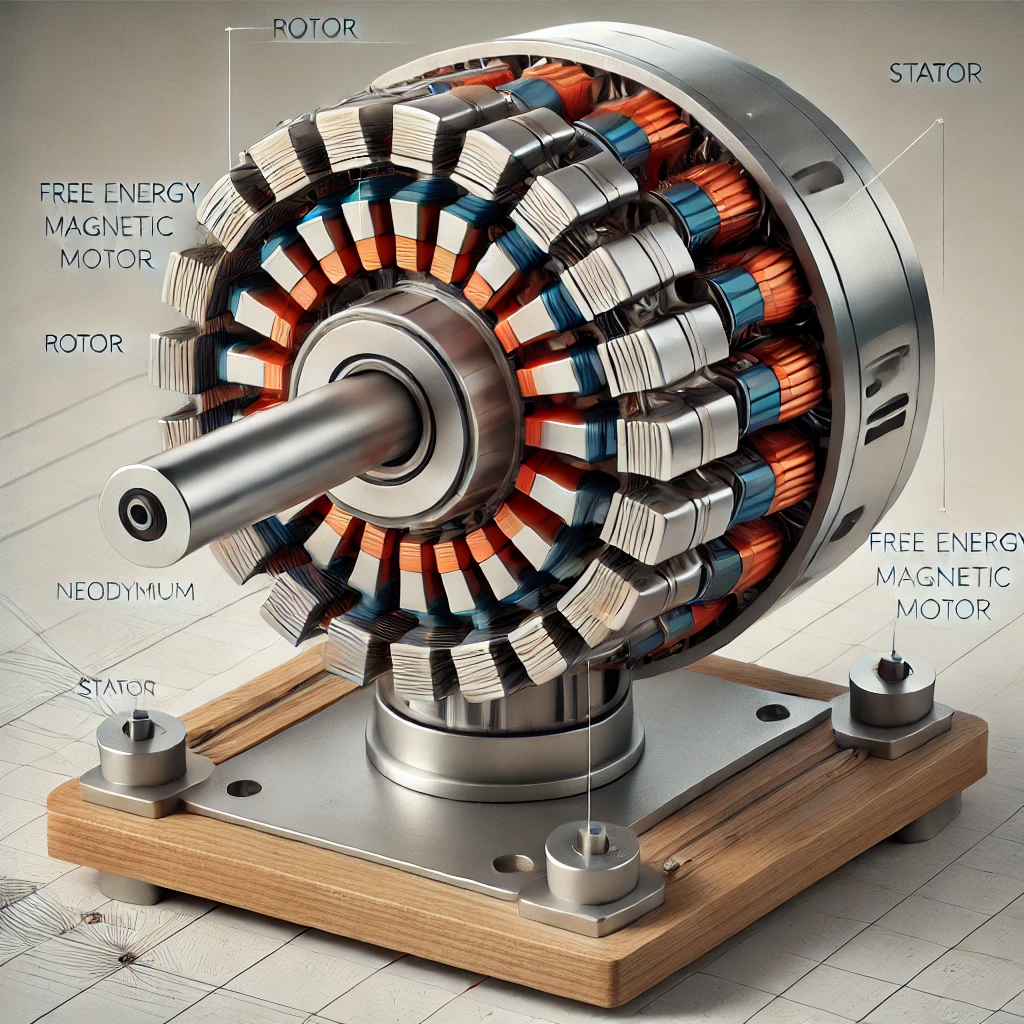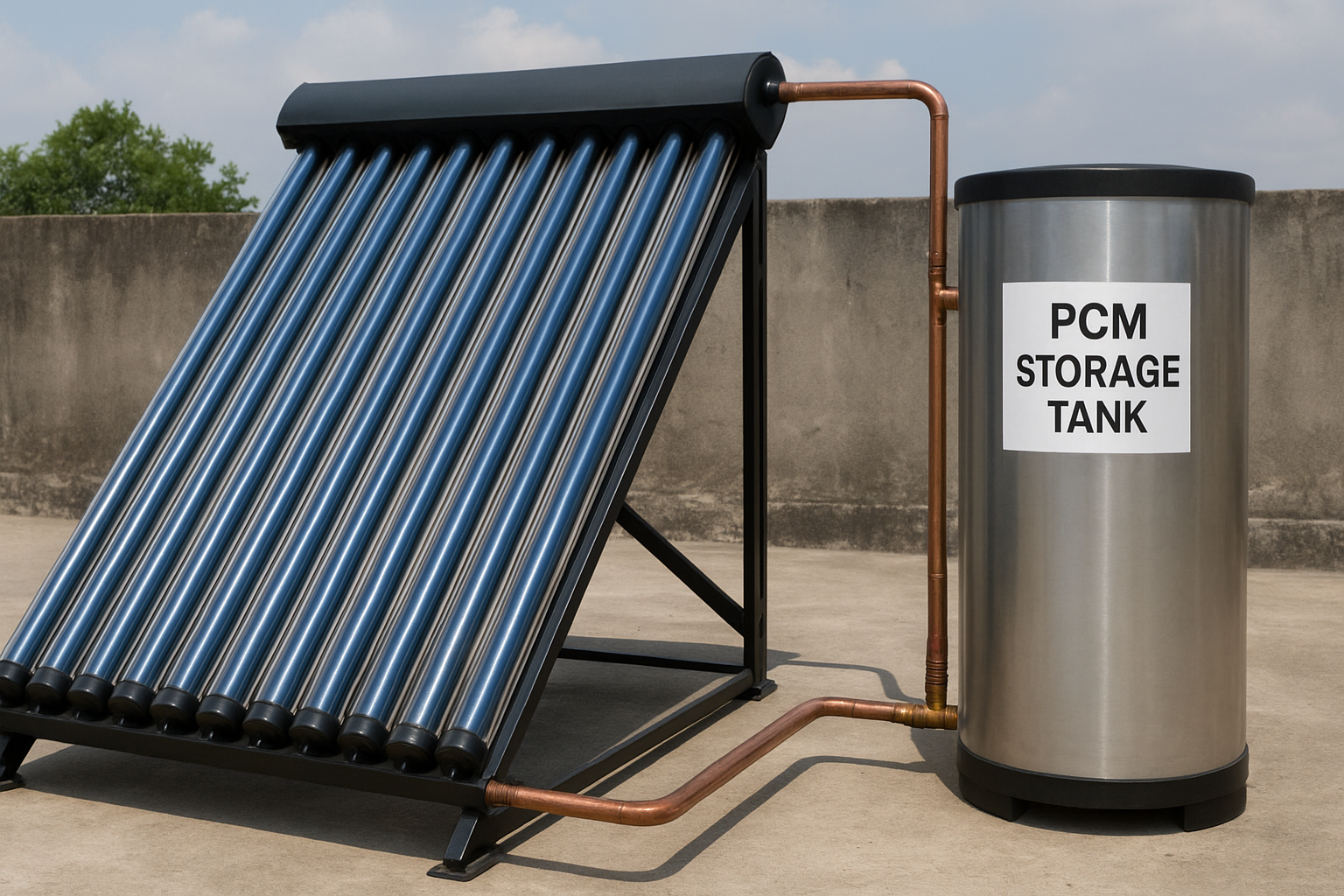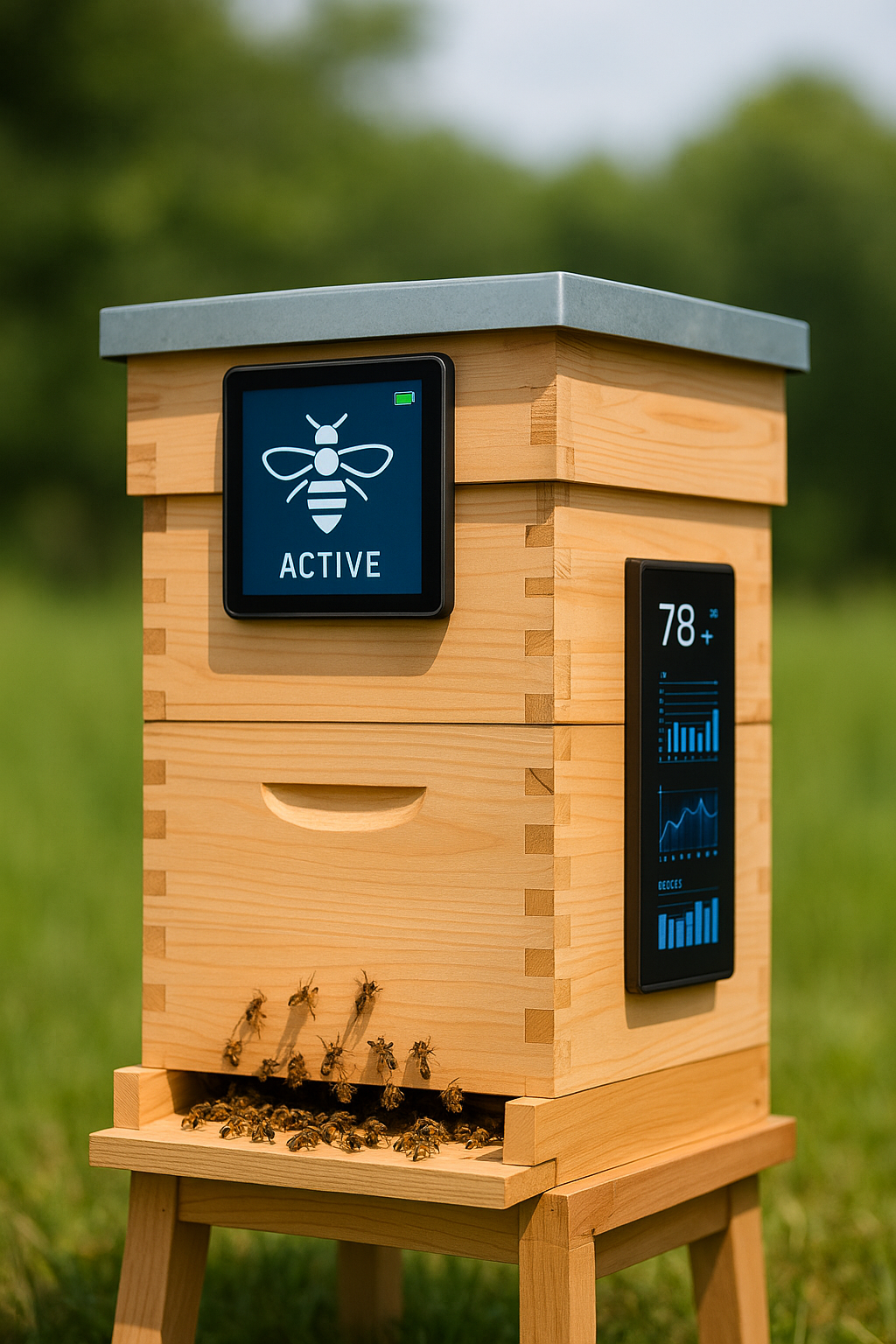
Abstract
This project explores the development of a free energy magnetic motor designed to harness the principles of magnetism to produce self-sustaining motion. By utilizing magnetic repulsion and attraction, the motor aims to convert magnetic energy into mechanical energy. The study encompasses theoretical foundations, practical construction, and testing methodologies. Initial results show promise for continuous motion; however, challenges related to friction and energy losses highlight the limitations in achieving true free energy.
1. Introduction
The pursuit of sustainable energy solutions has spurred interest in free energy devices, particularly magnetic motors. These devices operate on the principles of magnetism, aiming to create motion without traditional fuel sources. This project aims to construct a magnetic motor capable of sustained rotation and evaluate its performance.
2. Features
- Self-Sustaining Motion: Designed to operate indefinitely once initiated.
- Low Maintenance: Permanent magnets that do not require replacement.
- Compact Design: Scalable for small applications and demonstrations.
- Environmental Benefits: Provides a cleaner energy alternative.
- Innovative Energy Production: Potential for practical applications in various industries.
3. Materials
- Permanent Magnets: Neodymium (N52 grade); discs (20mm diameter, 5mm thick) and bars (30mm x 10mm x 5mm).
- Rotor and Stator Components: Lightweight plastic (PVC) or aluminum.
- Bearings: Ball bearings (608ZZ) for smooth rotation.
- Connecting Rods: Steel rods for structural support.
- Base Platform: Sturdy wood or plastic base (30cm x 30cm).
- Miscellaneous: Adhesives, screws, and washers for assembly.
4. Methods
4.1 Design Phase
- Research existing magnetic motor designs and create schematics.
- Utilize CAD software to visualize the assembly.
4.2 Construction
- Rotor Assembly:
- Cut rotor discs from chosen material and drill center holes for the axle.
- Affix permanent magnets in alternating polarities around the rotor.
- Stator Construction:
- Construct a ring from the same material and secure it on the base.
- Assembly:
- Attach the rotor to the bearings mounted on the base.
- Ensure free spinning of the rotor without obstruction.
4.3 Testing
- Perform initial manual rotation and document the time taken for the rotor to stop due to friction.
- Measure RPM using a tachometer during various tests.
- Document data on rotational performance and energy output if a generator is attached.
5. Results
- Initial Motion: The rotor achieved a maximum RPM of X (e.g., 120 RPM) after manual initiation.
- Sustained Motion: Maintained rotation for X minutes before stopping due to friction.
- Output Generation: Produced X volts when connected to a generator, indicating potential for energy capture.
- Magnetic Configuration: Different arrangements of magnets resulted in varying performance outcomes.
6. Discussion
The project demonstrated the basic operation of a magnetic motor capable of sustained motion. However, true perpetual motion remains unattainable due to factors such as friction, air resistance, and mechanical wear. The findings indicate that optimizing magnet arrangements and reducing energy losses are critical for improving performance.
7. Conclusion
The exploration of the free energy magnetic motor highlights both the potential and challenges of magnetic propulsion systems. While initial tests show promise, significant work remains to enhance efficiency and reduce energy losses. Future iterations of the design should focus on innovative solutions to optimize performance and explore applications in renewable energy.
8. Future Work
- Design Refinement: Investigate advanced materials and 3D printing for better performance.
- Integration of Hybrid Systems: Explore combining the motor with solar or wind energy to assist in motion.
- Advanced Testing: Conduct extensive testing under controlled conditions for accurate performance metrics.
Acknowledgments
- Thank You: Acknowledge contributions from mentors, teachers, and peers.
- References: List any resources used for research and background information.







I got what you mean , thankyou for putting up.
thanks
Loving the information on this site, you have done outstanding job on the articles.
thanks
Along with everything which seems to be developing throughout this particular subject matter, your opinions are actually relatively stimulating. Even so, I appologize, because I do not subscribe to your entire theory, all be it exhilarating none the less. It looks to everybody that your comments are generally not entirely validated and in reality you are generally yourself not really totally convinced of your assertion. In any case I did appreciate reading through it.
Deference to author, some superb information .